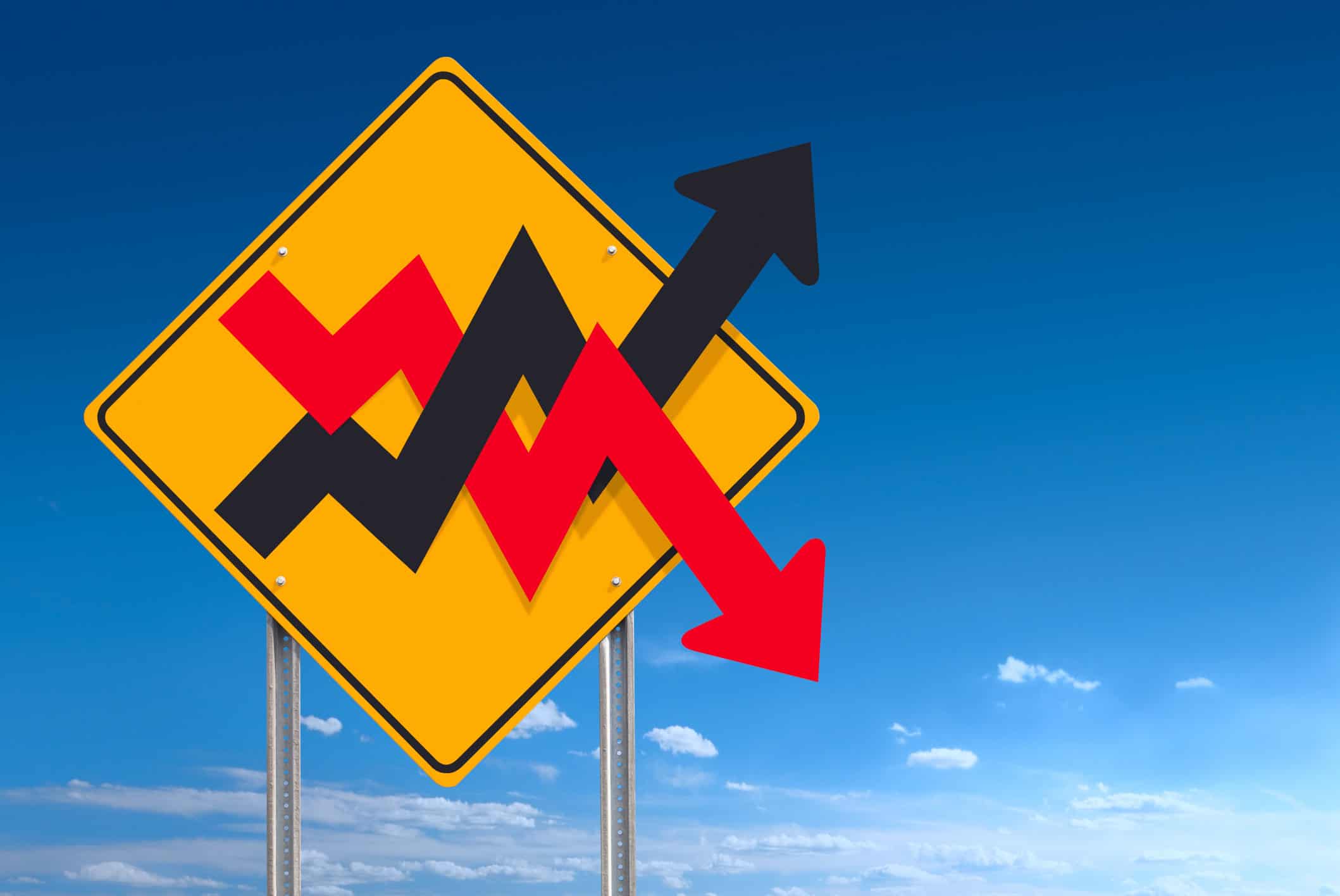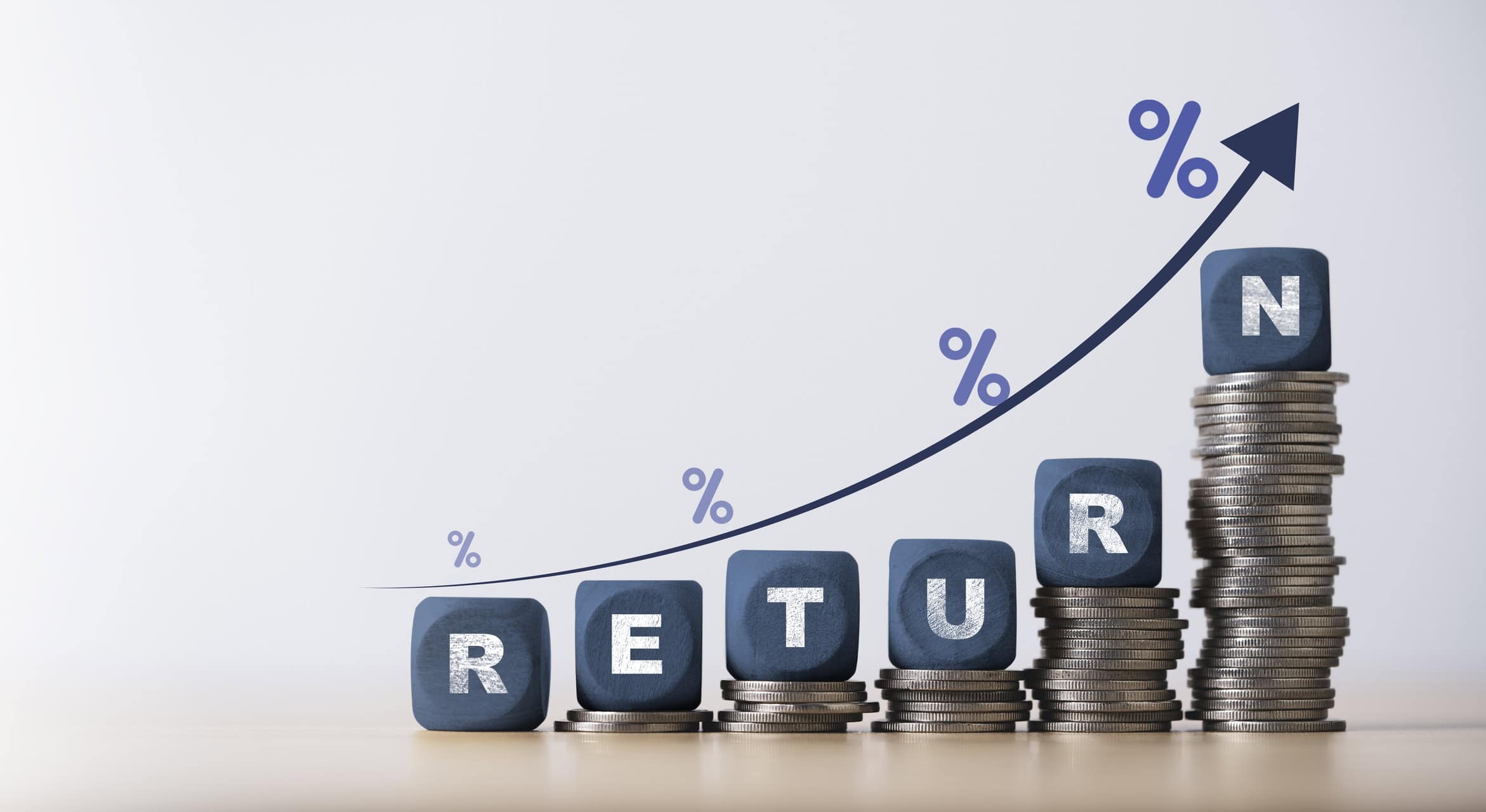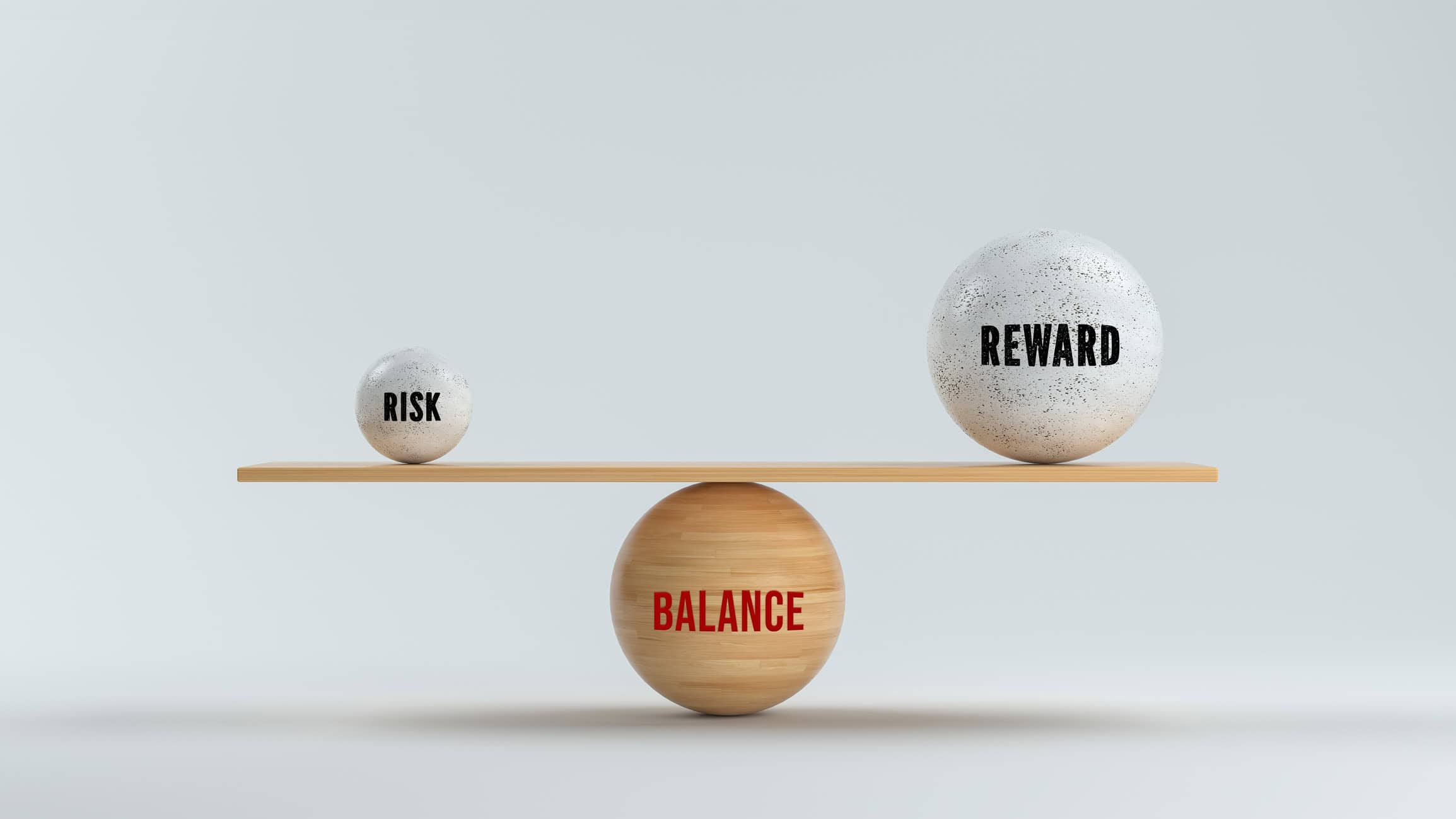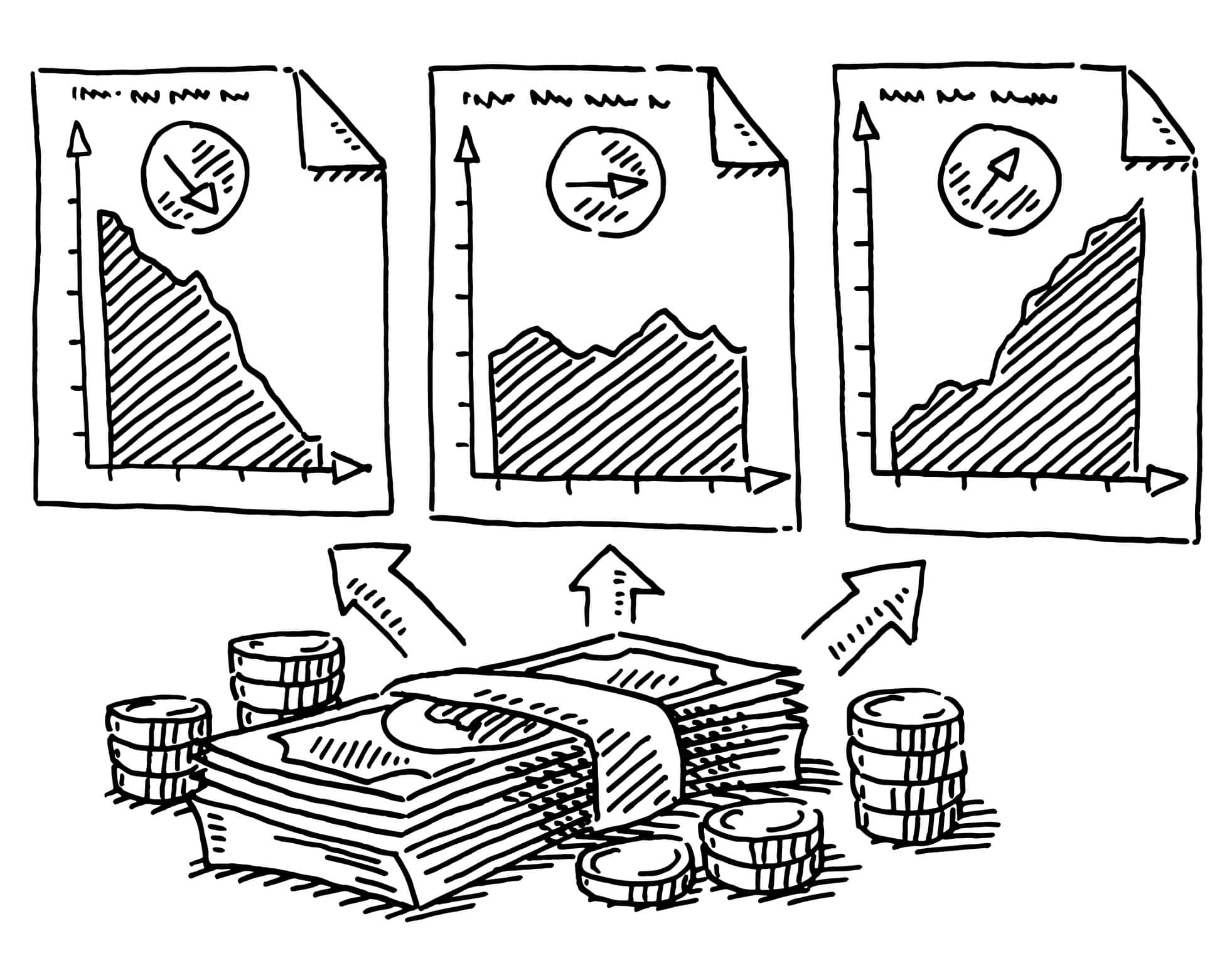
Navigating Market Volatility in 2025: Strategies for Success
Market volatility is much like navigating a storm at sea, with waves that can surge unexpectedly. Every period of volatility brings hidden opportunities—embracing them can strengthen your financial resilience and acumen.
Understanding Market Volatility
Market volatility refers to the frequency and magnitude of price movements in financial markets, triggered by economic data, geopolitical events, or unexpected news. Volatility isn’t inherently negative; it adds dynamism to markets and allows investors to leverage short-term price variations. By understanding these changes, investors can move from being reactive to proactive, capitalizing on opportunities rather than simply weathering the storm.
Causes of Market Volatility
Volatility arises from a range of factors. Economic indicators like job reports, interest rates, and inflation can shift market sentiment. Major geopolitical events, such as Brexit in 2016, have caused widespread fluctuations and altered investor strategies. Even subtle changes in economic conditions or corporate earnings can trigger significant movements. Technological advancements and algorithmic trading also amplify market reactions, increasing speed and unpredictability. Recognizing these causes equips investors to navigate uncertainty with greater confidence.
Historical Examples of Market Volatility
History is filled with episodes of market volatility driven by global events and economic shifts. The Great Depression, the 1987 “Black Monday” crash, the dot-com bubble, and the 2008 financial crisis all serve as reminders of the market’s dynamic nature. Each event has enriched investors’ understanding of volatility, fostering resilience and preparedness for future uncertainties.
The Impact of Volatility on Investments
While volatility can seem daunting, it also presents opportunities for growth and resilience. Stock prices may fluctuate dramatically as investors respond to changing circumstances, creating chances to reposition assets or enter markets at favorable points. Terms like “high-risk” and “long-term” become especially relevant as investors adapt to new market realities.
Effects on Stock Markets
Volatility can shift investor sentiment and market momentum overnight. Notably, 80% of significant stock market recoveries occur within three years. Seasoned investors use periods of heightened activity to reassess portfolios, adapting strategies to turn potential drawbacks into growth opportunities. Embracing volatility as a catalyst, rather than an obstacle, empowers investors to refine their approach and harness future gains.
Effects on Other Financial Instruments
Volatility affects more than just stocks:
- Bonds: Turmoil can drive investors to safer assets, increasing demand and influencing yields.
- Currencies: Fluctuations impact exchange rates and international investments.
- Commodities: Prices shift swiftly as perceptions of risk and reward change.
- Derivatives: These tools help hedge against or capitalize on volatility.
A diversified approach and strategic foresight are essential for maintaining stability and seizing opportunities across all financial landscapes.
Strategies to Manage Market Volatility
Navigating volatile markets requires focus, strategic planning, and adaptability. Maintaining a diversified portfolio is crucial—spreading investments across asset classes mitigates risk and positions you to capitalize on market dynamics. Adopting a long-term perspective can also reduce the stress of daily fluctuations, keeping your focus on overarching financial goals. Continual learning and reassessment of your strategies, grounded in solid research, empower you to navigate changing conditions with confidence.
Diversifying Your Investment Portfolio
Diversification is key to managing volatility. Allocating assets across sectors and classes cushions your portfolio against unpredictable shifts and reduces exposure to isolated downturns. A blend of equities, bonds, real estate, and alternative investments increases the likelihood of stable returns, even during economic turbulence. This proactive approach nurtures resilience and provides peace of mind, making your path to financial stability clearer and more attainable.
Emotional Discipline During Market Volatility
Emotional discipline is your anchor in turbulent markets. Nobel laureates and behavioral economists emphasize that your investment strategy is only as strong as your ability to remain balanced. Channeling emotions wisely—shifting from reactive to reflective thinking—ensures strategic decisions under pressure. Mindfulness and self-awareness help you navigate fears, transforming apprehension into calculated calm and paving the way for perseverance and insightful choices.
Leveraging Volatility for Opportunities
Volatility, while challenging, is also a catalyst for growth and innovation. Investors who view uncertain times as opportunities can identify undervalued assets poised for rebound. Strategic positioning, foresight, and agility allow you to capitalize on inefficiencies and emerging trends. As the saying goes, “Fortune favors the bold”—decisive action and thoughtful risk-taking can yield significant rewards.
Expert Tips for Navigating Volatile Markets
Success in volatile markets starts with cultivating an adaptive mindset. Assess risks accurately and stay grounded as you navigate shifting tides. Diversification remains a powerful tool for mitigating risk and providing stability. Embrace volatility as a natural part of investing, interpreting fluctuations as part of the broader economic cycle rather than signs of disaster. This perspective enables informed decisions and keeps your focus on long-term goals.
Tools and Resources for Tracking Volatility
Investing in knowledge is essential for managing volatility. Advanced analytical tools and platforms provide real-time data, predictive insights, and detailed market analyses. These resources help you track financial indicators and market movements, enhancing your ability to make confident, informed decisions. Leveraging technology and historical data empowers you to craft well-founded strategies and navigate market unpredictability with greater assurance.
Let Hennion & Walsh Offer a Second Opinion
Curious to learn more? Our unmatched client experience will give you peace of mind. Just as you may seek a second opinion about your health, we believe successful investors can gain value and peace of mind by getting a second opinion on their financial health. So, whether you’re worried about today’s uncertain economic environment or looking for increased peace of mind, we can help. Get a complimentary second opinion on all your investment accounts not held at Hennion & Walsh today!
Hennion & Walsh Experience
At Hennion & Walsh, every client, every individual investor, is assigned a dedicated team of investment professionals, planners, and portfolio managers, who collectively analyze your situation through the lens of their respective disciplines.
Each member brings valuable insights to apply to your situation. Whether you’re looking to meet your income needs today or stock market growth for your future, we have an expert sitting with you, helping you, and guiding you through all the scenarios to help you live the life you want.
Hennion & Walsh distinguishes itself in the investment industry with its exceptional in-house team of specialists committed to your success. Unlike other firms that rely on impersonal call centers, Hennion & Walsh provides direct access to experienced bond experts, CERTIFIED FINANCIAL PLANNER (CFP®) professionals, Chartered Financial Analyst (CFA)® charterholders, annuity professionals, and a proficient internal fixed-income trading team. Our customer service team is exceptional, ensuring that every client receives the dedicated attention and support they deserve.




